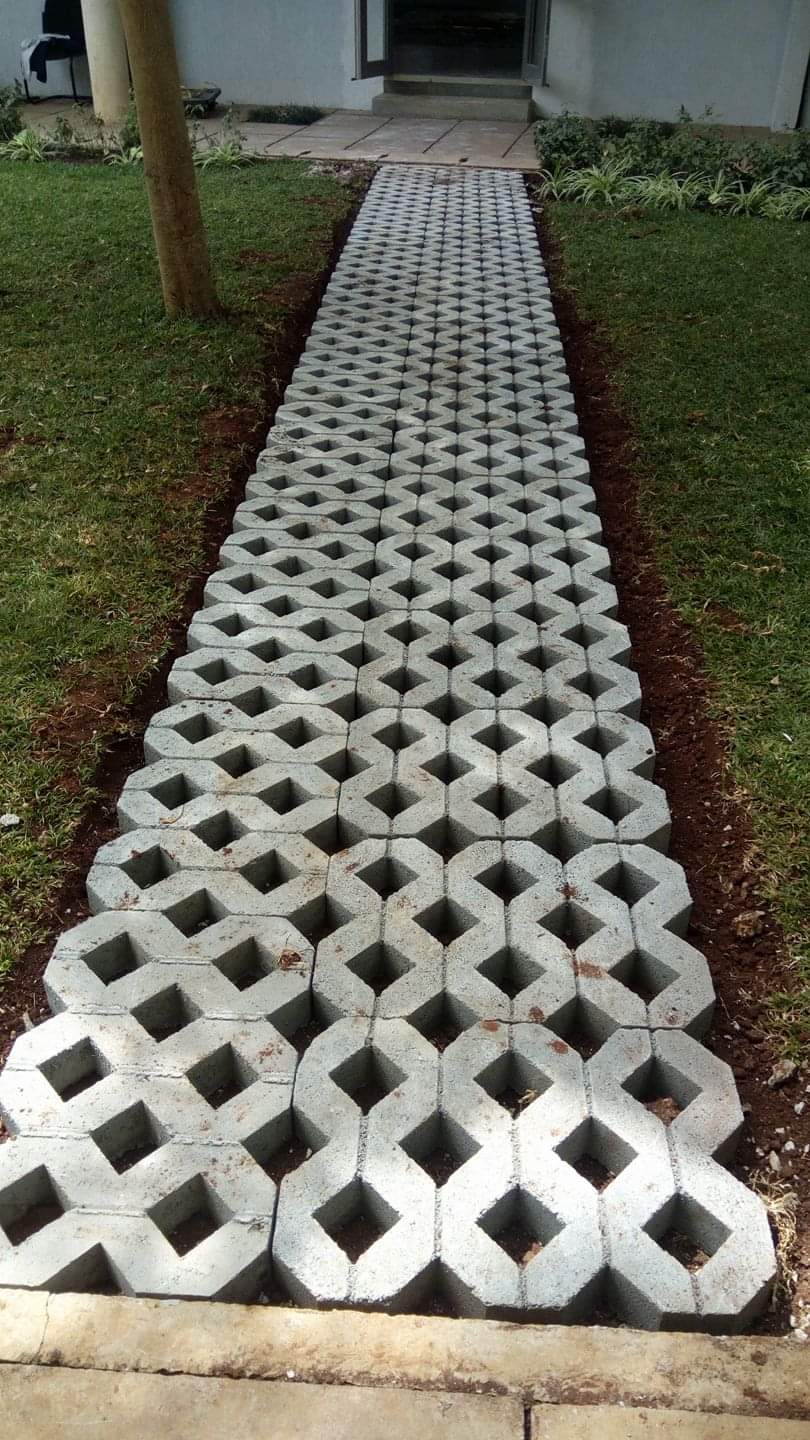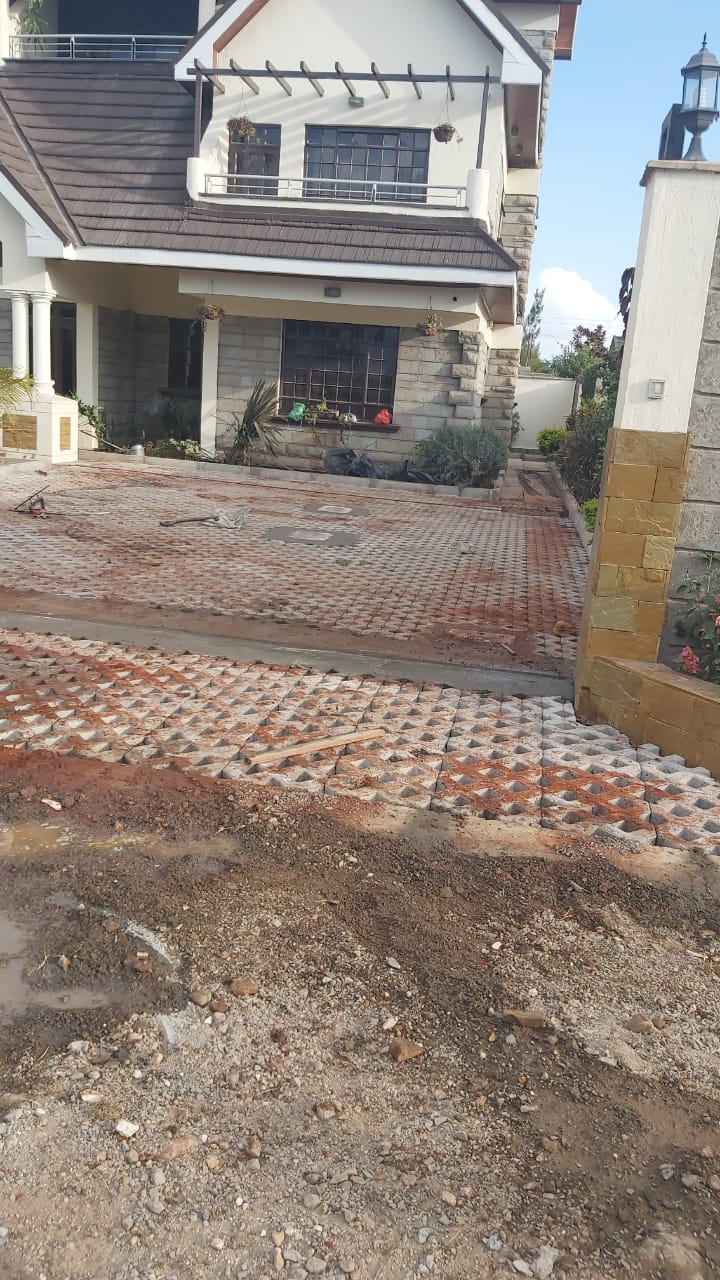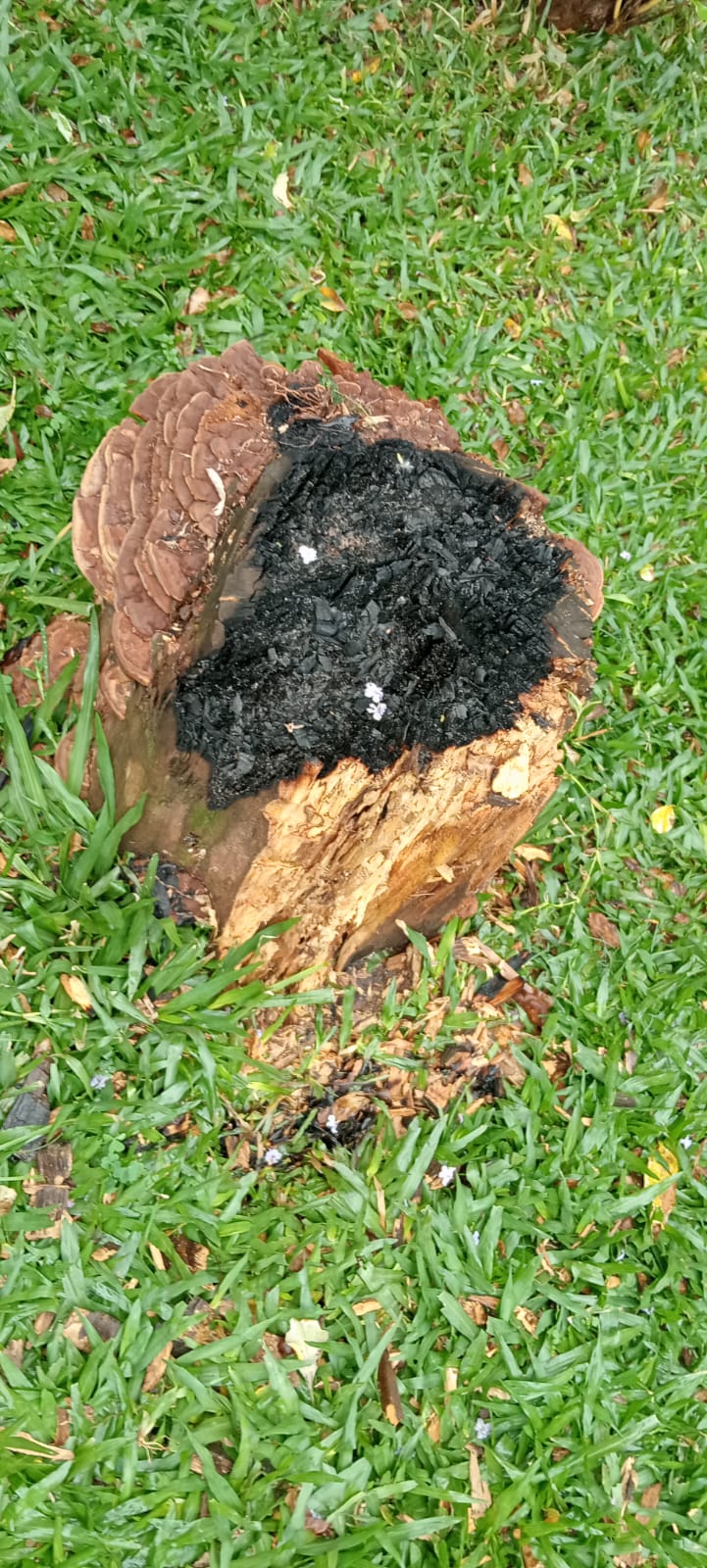Seeking a dazzling and low-maintenance hedge? Look no further than the Mexican sunflower! This blog explores the Mexican sunflower’s benefits as a hedge, planting tips, and how to cultivate a thriving wall of sunshine in your garden.
Hedges are a fantastic way to define borders, create privacy, and add visual interest to your garden. But traditional hedge options can be high-maintenance or lack visual appeal. Enter the Mexican sunflower (Tithonia diversifolia), a vibrant and easy-care solution that brings a burst of sunshine to your landscape.
This blog delves into the world of Mexican sunflowers as a hedge, exploring their unique advantages and providing essential tips for planting and maintaining a thriving sunflower wall.

Why Choose a Mexican Sunflower Hedge?
The Mexican sunflower offers a multitude of benefits that make it an excellent choice for a hedge:
- Stunning Blooms: From mid-summer until frost, Mexican sunflowers produce large, daisy-like blooms in vibrant shades of yellow, orange, and red. These blooms attract butterflies and pollinators, adding a touch of life to your garden.
- Fast-Growing: Mexican sunflowers are vigorous growers, quickly establishing a dense and effective hedge. This is perfect for those seeking a fast solution for privacy or border definition.
- Low Maintenance: These beauties require minimal upkeep. Occasional watering and deadheading (removing spent flowers) are all that’s needed to keep your hedge thriving.
- Drought Tolerance: Mexican sunflowers are quite drought tolerant, making them a perfect choice for regions with limited rainfall.
- Adaptability: These plants thrive in a wide range of soil conditions and can tolerate some neglect.
Bonus Tip: Mexican sunflowers can also be grown as individual plants, adding pops of color to flower beds and borders.
Planting and Maintaining Your Mexican Sunflower Hedge:
Planting a Mexican sunflower hedge is a breeze:
- Choose Your Location: Mexican sunflowers require full sun (at least 6 hours daily) for optimal growth and flowering.
- Planting Time: Sow seeds directly in the garden after the danger of frost has passed. Alternatively, start seeds indoors 6-8 weeks before the last frost date.
- Spacing: Plant seeds or seedlings 18-24 inches apart to create a dense hedge.
- Watering: Water regularly during the first growing season, especially during periods of extended drought. Once established, Mexican sunflowers are quite drought tolerant.
- Pruning: Regularly prune your hedge to maintain its desired shape and encourage bushier growth. You can also pinch back the tips of young plants to promote branching.
Embrace the Sunshine with a Mexican Sunflower Hedge
The Mexican sunflower offers a unique and captivating solution for your hedge needs. With its vibrant blooms, fast-growing nature, and minimal maintenance requirements, it’s a fantastic option for busy gardeners or those seeking a touch of the exotic in their outdoor space.
So, ditch the high-maintenance hedges and embrace the sunshine! Plant a Mexican sunflower hedge and enjoy a dazzling and easy-care addition to your garden for years to come.






